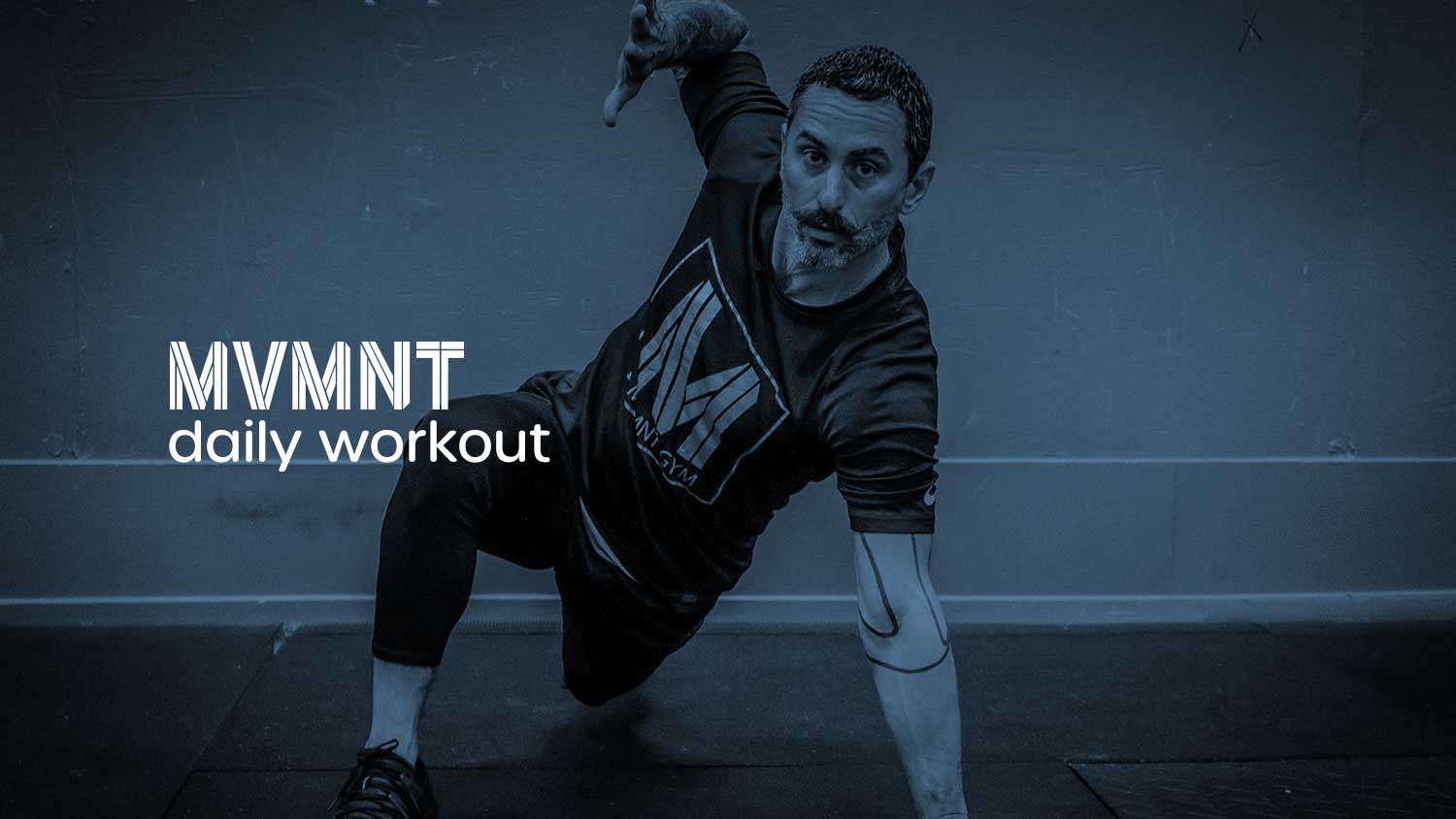We are going to recommend that anyone who plans to train at CFSQ for a long time and/or is serious about making consistent gains in strength and power via the barbell lifts we regularly employ, should consider purchasing weightlifting shoes. The following explanation is from exrx.com:
Proper footwear in the gym is important, especially if you are lifting free weights. When we lift weights we want two things to happen: (1) all the force our body produces under the bar should contribute to moving the weight and (2) the weight needs to be controlled in a safe manner. If we lift in a running shoe, it’s akin to trying to lift while standing on a giant marshmallow. The soles of the running shoes, the marshmallow, will absorb and dissipate a large amount of the force generated against the floor that should be directed towards moving the weight. A gel or air cell shoe is a great thing for reducing the impact shock that causes the repetitive use injuries associated with running. But in the weight room, shoes should provide for the efficient transmission of power between the bar and the ground. You can’t lift as much weight in the wrong shoes.
The second issue is control of the weight – and your body – while standing on an unstable surface. A compressible medium placed between the feet and the ground will behave inconsistently enough during each rep to alter the pattern of force transmission every time. This means that the subtle points of consistent good technique on any standing exercise are impossible to control. And there is an increased chance for a balance or stability loss-induced injury while lifting heavy weights, since perfect balance cannot be assured on an imperfect surface.
Weightlifters and powerlifters have known this for more than 50 years, although the shoe choices available for their purposes were formerly quite limited. Until the 1970’s, combat boots, Chuck Taylor’s, and even patent leather oxfords (see old photos of Paul Anderson) were the shoes used for lifting weights. To be stable and perform optimally, a weightlifting shoe needs to be snug fitting, provide exceptional support, and have a noncompressible wedge sole with neoprene or crepe for traction against the floor. Most will lace all the way down to the toe for adjustment to individual foot width, and will have an adjustable strap across the metatarsal area for added lateral stability.
Here are a couple of links to sites that sell decent shoes:
Warmup
Run the Long Block
3x Hip Mobility Sequence
Strength
Olympic Back Squat 1RM
Then,
Overhead Squat Assessment
3-3-3-3-3
Overhead Squats
**********
If you came for this workout yesterday, then after the warmup:
Conditioning
Alternate with a partner:
Run 400 YD
5x Each

